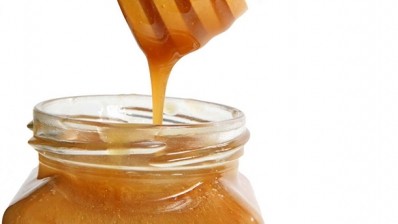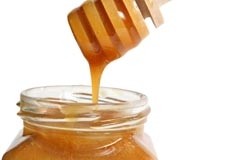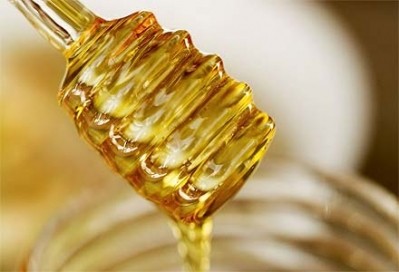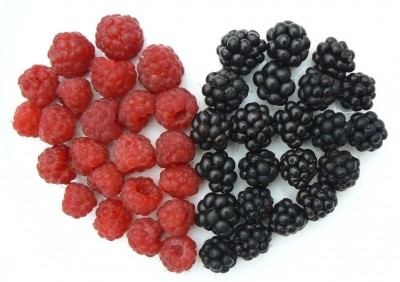New way to fingerprint manuka honey; findings may combat fraud

Manuka honey, a native New Zealand honey, came to prominence in the late 1980’s when research by Professor Peter Molan of the University of Waikato demonstrated its potent antibacterial effect and this activity subsequently became known as the ‘Unique Manuka Factor’.
But, despite initial research, little is understood about the specific molecule or complex in the honey that confers this effect.
Writing in this month’s online edition of the Journal of Food Chemistry, a research team led by Liam Fearnley from the School of Biological Sciences, University of Auckland, has indicated that:
‘An archetypal mother molecule specific to manuka honey was identified that may serve as a precursor store for free 3,4,5-trimethoxybenzoic acid [a major bioactive substance in manuka honey] and provide a means of fingerprinting manuka honeys.’
Honey demand too high for industry?
Both domestic and international demand for New Zealand’s manuka honey has skyrocketed over the past decade, based largely on its reported health benefits but despite demand, the supply has remained constrained.
This has resulted in near doubling of the per kilo cost of manuka from local producers, when compared to the price of other native honeys.
But another effect of the high price of New Zealand’s manuka honey is the apparent practice of blending high quality bioactive manuka honey with inferior or less active honeys according to one of the New Zealand Government’s research institutes, GNS Science.
This research group presented findings on adulteration at the annual conference of the National Bee Keepers Association in 2010.
The challenge for the industry in terms of quashing this fraudulent practice is that it is difficult to detect without specific analytical testing because there is little impact on taste since the flavour profile of manuka honey is so dominant.
Sources within the manuka honey industry believe it is hard to prove but stress that these practices must be occurring as the quantity of the highly bioactive manuka honey, which is being claimed and offered for sale at retail, appears to be far greater than the actual volume of manuka honey produced in New Zealand.
A major advantage from the research presented by the Auckland University group is that it provides a basis to detect the practice of adulteration of high value manuka honey. This will also provide consumers with a heightened level of assurance that the bioactivity of the honey they purchased will match the label claim on their product.
Estimates from a government sponsored report on the country’s food and beverage market (Coriolis Limited. October 2011) suggest that the total turnover for all honey in New Zealand, which is sold for its benefit as a health food or therapeutic is approximately NZ$170 million per year. This includes both manuka and non-manuka honeys.
Source: Food Chemistry
Volume 132 (2012) pages 948–953 doi:10.1016/j.foodchem.2011.11.074
Title: Compositional analysis of manuka honeys by high-resolution mass spectrometry: identification of a manuka-enriched archetypal molecule”
Authors: L Fearnley, D Greenwood, M Schmit, J Stephens, R Schlothauer, K Loomes















